Engineered bamboo flooring emerges as a sustainable and durable choice for modern interiors, marrying the natural beauty of bamboo with the resilience of engineered floors. This material is crafted by bonding a thin layer of bamboo onto a core board, offering a more stable and versatile flooring option than traditional hardwood or bamboo planks.
In exploring the advantages and disadvantages of engineered bamboo flooring, we aim to provide homeowners and designers with a comprehensive overview to make informed decisions.
From its environmental impact to its performance under various conditions, understanding the pros and cons is crucial in determining whether engineered bamboo flooring aligns with the needs and values of your space.
Pros
1. Sustainability
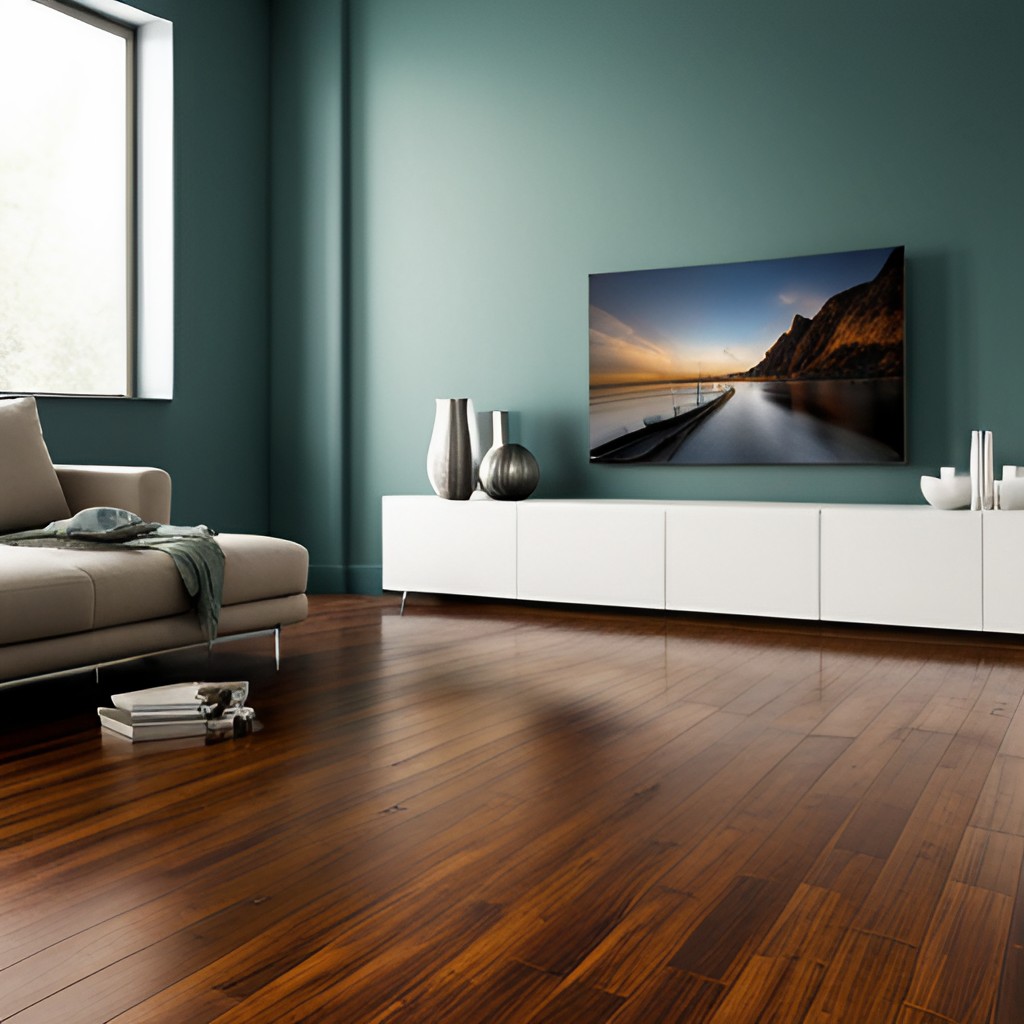
Engineered bamboo flooring stands as a testament to eco-friendly practices in the construction industry. Unlike traditional hardwoods, which can take decades to reach maturity, bamboo is a highly renewable resource, capable of regenerating to full maturity within five to seven years.
This rapid growth cycle means bamboo can be harvested more frequently without depleting resources or causing severe ecological impacts.
Consequently, choosing engineered bamboo contributes to the sustainability of our planet’s resources, making it an appealing option for environmentally conscious homeowners and designers.
2. Durability
Engineered bamboo flooring is renowned for its exceptional sturdiness, making it an ideal choice for areas subjected to heavy foot traffic.
This inherent robustness is due to its unique construction, where the bamboo veneer is bonded to a high-density core board, providing enhanced stability and resistance against warping or bending.
Such resilience ensures that engineered bamboo flooring maintains its aesthetic appeal and structural integrity in both residential and commercial settings.
Its durability, coupled with the ease of maintenance, positions engineered bamboo as a superior flooring solution, adept at handling the demands of daily life while retaining its natural elegance over time.
3. Aesthetic Appeal
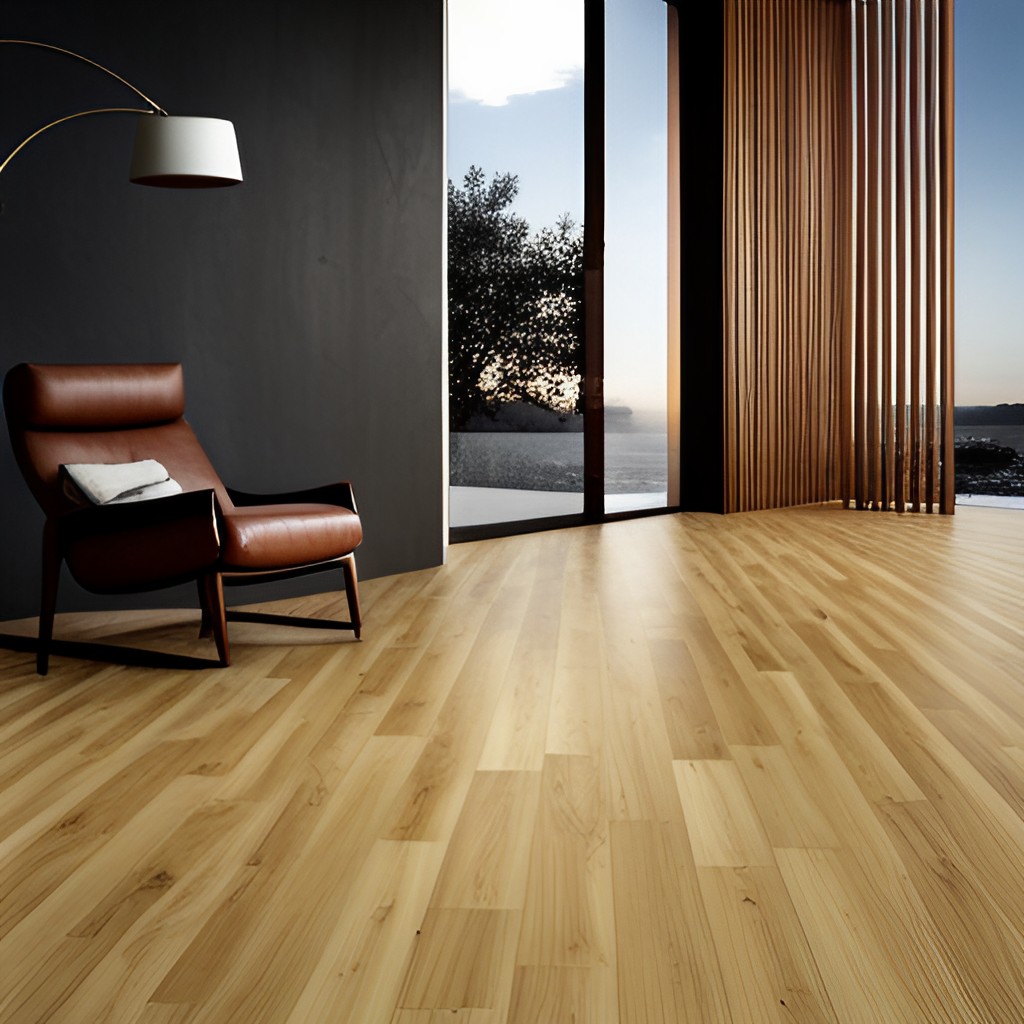
Engineered bamboo flooring boasts a modern and versatile aesthetic that effortlessly complements a wide array of interior designs. Its natural patterns evoke an essence of warmth and elegance, imbuing any space with a sense of sophistication.
The distinct grain and texture of bamboo bring a unique character to floors that is both contemporary and timeless. Furthermore, the availability of engineered bamboo in various finishes and hues enables customization to suit personal tastes and decor themes.
Whether aiming for a minimalist, rustic, or luxurious ambiance, engineered bamboo flooring serves as a foundation that enriches the overall aesthetic appeal of homes and commercial spaces alike.
Its ability to blend seamlessly with various architectural styles and design elements underscores its versatility, making it a preferred choice for those seeking to harmonize functionality with aesthetic finesse.
4. Versatile Aesthetics

Engineered bamboo flooring epitomizes modernity and versatility, making it an excellent choice for a broad spectrum of interior designs. Its natural patterns exude warmth and elegance, enhancing the sophistication of any room it inhabits.
The inherent grain and texture of bamboo lend a distinctive, yet timeless characteristic to flooring, allowing it to adapt seamlessly to various decor themes.
Engineered bamboo’s availability in diverse finishes and tones facilitates customization, empowering homeowners and designers to tailor their spaces to reflect individual preferences and styles.
This adaptability is particularly valuable for achieving a desired aesthetic, whether it be minimalist, rustic, or luxurious.
Engineered bamboo’s capacity to coalesce with multiple architectural styles further solidifies its status as a versatile and appealing flooring option.
5. Enhanced Stability

Engineered bamboo flooring offers superior stability and durability, particularly when compared to traditional solid hardwood floors. This innovative flooring material is meticulously designed to withstand fluctuations in humidity and temperature, significantly reducing the risk of warping or bowing over time.
The unique construction of engineered bamboo, featuring a top layer of natural bamboo veneer bonded to multiple layers of high-quality plywood or fiberboard, ensures a structurally sound and stable product.
This layered approach not only enhances the floor’s ability to resist environmental changes but also contributes to its long-lasting beauty and performance.
Consequently, engineered bamboo is an ideal choice for regions experiencing wide climate variations, providing peace of mind and a stable foundation underfoot.
Cons
1. Susceptibility to Damage
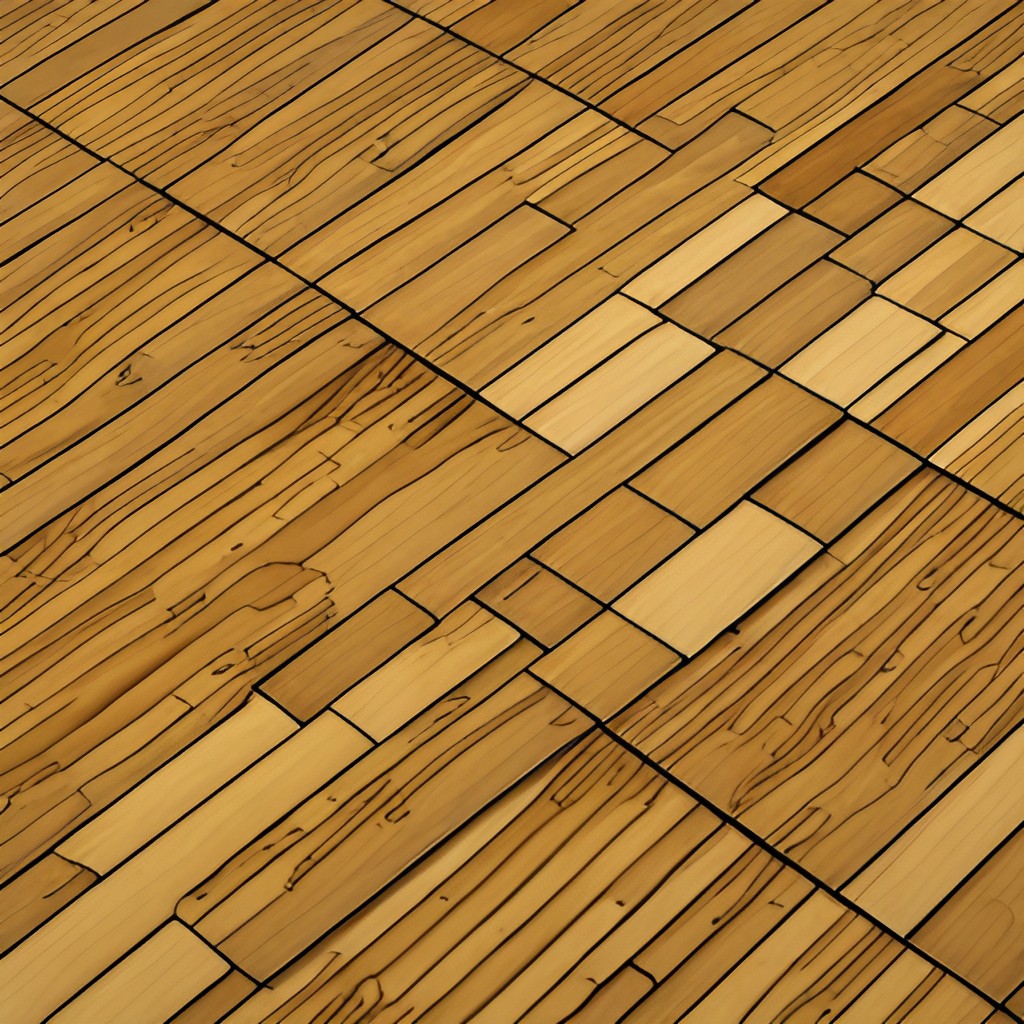
Despite its impressive durability, engineered bamboo flooring is not impervious to physical damage. It can be susceptible to scratches and dents from heavy furniture, high heels, and pets’ claws.
While the top layer of bamboo veneer provides a beautiful and natural appearance, it shares the inherent vulnerability of hardwoods to superficial damage.
To mitigate this issue, it is advisable to use protective pads under heavy furniture, maintain regular trimming of pets’ claws, and implement a strict no-shoes policy in areas with bamboo flooring.
Additionally, selecting engineered bamboo varieties with a higher hardness rating and opting for finishes that offer enhanced protection can further reduce the risk of unsightly marks and preserve the floor’s aesthetic appeal over time.
2. Chemical Sensitivity
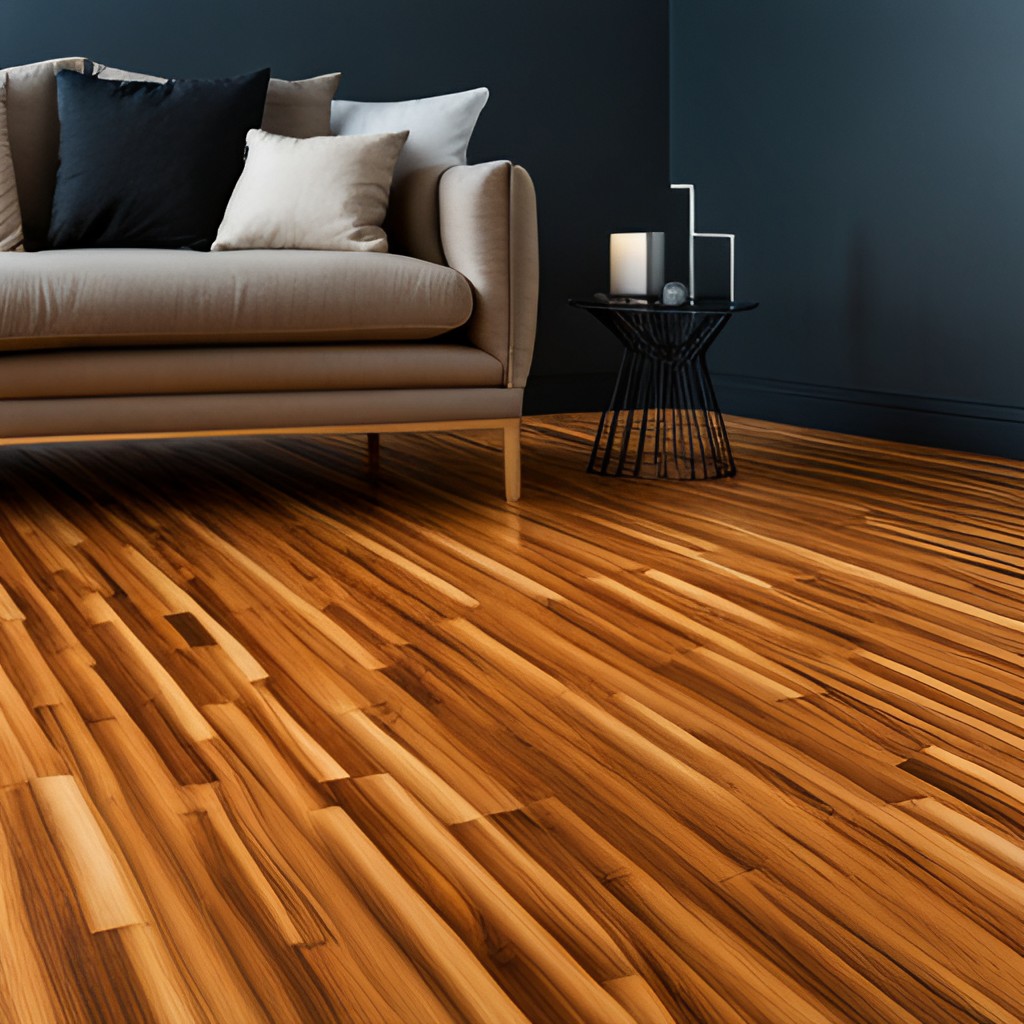
The manufacturing process of engineered bamboo flooring involves the use of adhesives which may release volatile organic compounds (VOCs) into the indoor environment.
VOCs are chemicals that can evaporate at room temperature, potentially causing a range of health issues such as eye, nose, and throat irritation, headaches, and in more severe cases, damage to the liver, kidney, or central nervous system.
Individuals with chemical sensitivities or underlying respiratory conditions may be particularly vulnerable to the effects of these emissions. To minimize exposure to VOCs, it is crucial to select engineered bamboo flooring products that are certified to have low VOC emissions.
Such certifications ensure the flooring meets stringent health standards, reducing the risk of adverse health impacts and improving indoor air quality.
Regular ventilation during and after installation is also recommended to further diminish VOC concentration levels in living spaces.
3. Limited Refinishing Options
Unlike its counterpart, solid hardwood flooring, engineered bamboo is characterized by a thin layer of actual bamboo veneer atop a core of either bamboo or other wood materials.
This structural composition significantly limits the possibility for sanding down and refinishing the flooring. Traditional hardwoods can often be refinished multiple times throughout their lifespan, thus extending their aesthetic and functional integrity.
However, due to the engineered bamboo’s thin veneer, homeowners may find that they can only refinish the floor once, if at all, before risking damage to the veneer layer.
This limitation necessitates a more mindful approach to maintenance and care to ensure the longevity of the flooring.
Selecting the highest quality engineered bamboo, featuring a thicker veneer, could provide homeowners with slightly more flexibility regarding refinishing options, though still not to the extent offered by solid hardwoods.
4. Cost Considerations
While engineered bamboo flooring generally presents a more cost-effective alternative to solid hardwood, it’s important to understand the price spectrum within this category itself.
Initial costs are influenced by several factors, including the quality of the bamboo, the manufacturing process, and the presence of low VOC certifications. High-quality engineered bamboo flooring, known for its durability and environmental friendliness, may command a premium.
This is particularly true for products boasting thicker bamboo veneers and advanced construction technologies. Additionally, flooring with low VOC emissions certifications may also carry a higher price tag, reflecting the extra steps taken during manufacturing to ensure health and safety standards are met.
When considering engineered bamboo flooring, homeowners must balance the upfront expense against the long-term value, factored by maintenance costs, lifespan, and the potential need for refinishing.
Making an informed decision requires weighing these aspects to determine the most cost-effective and sustainable option for their living space.
5. Variability in Quality
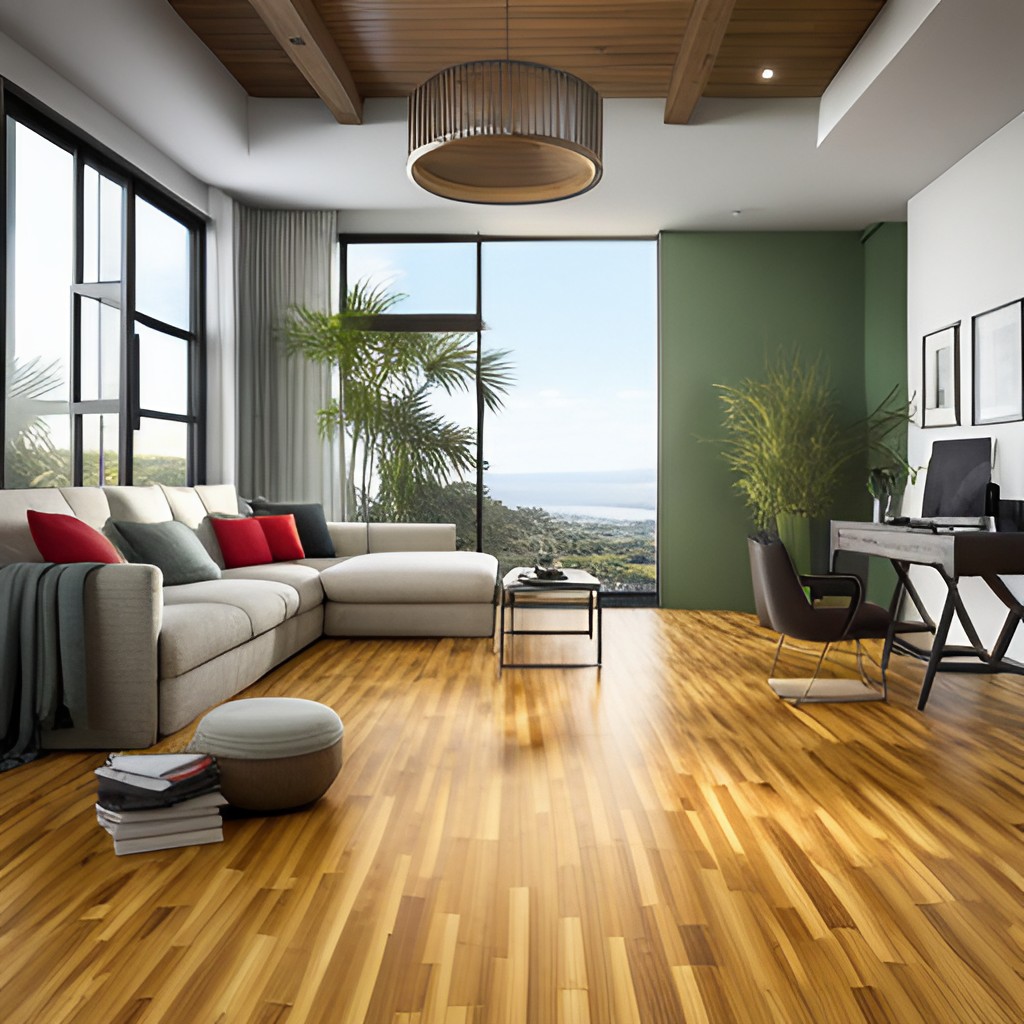
The quality of engineered bamboo flooring can exhibit significant variation between manufacturers, a crucial point for homeowners to consider. This diversity largely stems from the raw materials used, the engineering process, and the standards upheld during manufacturing.
Reputable brands often distinguish themselves through rigorous quality control measures, transparent sourcing practices, and adherence to high environmental and health standards, including the aforementioned low VOC emissions certifications.
Products from these manufacturers are more likely to offer consistent color, dimensional stability, and long-term durability. Conversely, flooring from less scrupulous sources may not meet these criteria, potentially leading to issues such as premature wear, discoloration, and off-gassing of harmful chemicals.
Therefore, investing time in researching and selecting a brand known for its commitment to quality is indispensable.
This due diligence ensures that the engineered bamboo flooring will meet expectations for aesthetics, performance, and safety, providing homeowners with a satisfactory long-term investment.
Related Topics:
Conclusion
Engineered bamboo flooring stands at the intersection of sustainability, durability, and aesthetic versatility, presenting itself as a compelling choice for both residential and commercial applications. Its environmental credentials, underscored by bamboo’s rapid renewability, position it as a flooring option aligned with eco-conscious living and sustainable construction practices.
The material’s resilience to wear and tear, coupled with its ability to withstand the rigors of high foot traffic, makes it a practical solution for busy environments.
Furthermore, the wide array of finishes and hues available allows for a high degree of customization, ensuring that each space can reflect personal tastes and design objectives.
However, prospective buyers must also consider the limitations inherent to engineered bamboo flooring. Its vulnerability to scratches and dents, the potential for VOC emissions, limited refinishing options, and cost considerations are critical factors to weigh.
These cons highlight the importance of careful selection and maintenance practices to maximize the lifespan and appearance of the flooring.
In sum, when approaching the decision of whether to install engineered bamboo flooring, it is essential to balance its aesthetic and functional advantages against the practical limitations and environmental concerns. For those prioritizing sustainability, durability, and style versatility, engineered bamboo flooring emerges as a strong contender.
FAQs
How does engineered bamboo flooring differ from traditional bamboo flooring?
Engineered bamboo flooring consists of a thin layer of bamboo veneer atop multiple layers of other materials, typically plywood or fiberboard, which provides enhanced stability and resistance to moisture compared to traditional solid bamboo flooring.
Can engineered bamboo flooring be refinished?
Yes, depending on the thickness of the top bamboo layer, engineered bamboo flooring can be refinished. However, it can typically only be done once or twice over the lifetime of the flooring, far less than solid bamboo flooring.
Is engineered bamboo suitable for high-moisture areas like bathrooms and kitchens?
While engineered bamboo flooring offers better moisture resistance than solid bamboo, caution is advised in high moisture areas. It’s more suitable for kitchens than bathrooms, and spills should be cleaned promptly to avoid damage.
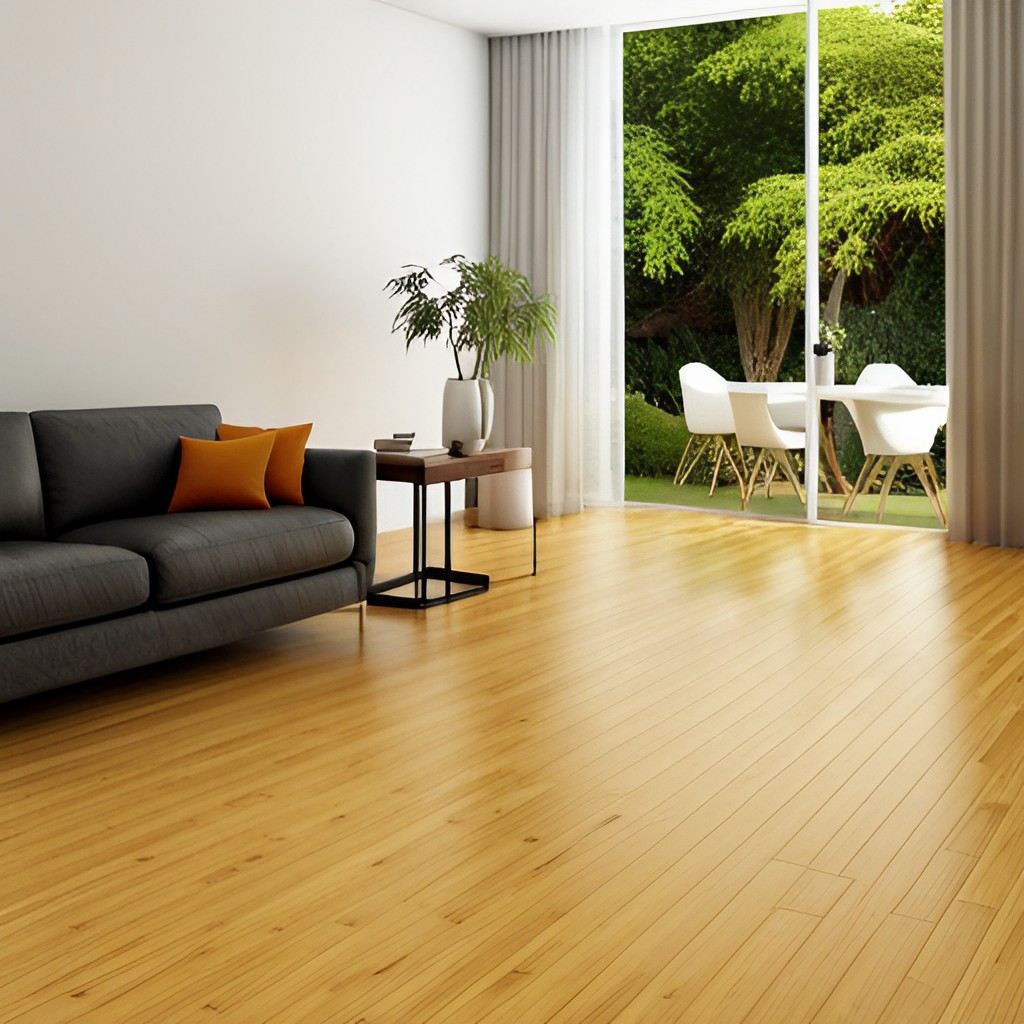
1 thought on “5 Pros and Cons of Engineered Bamboo Flooring You Should Know”